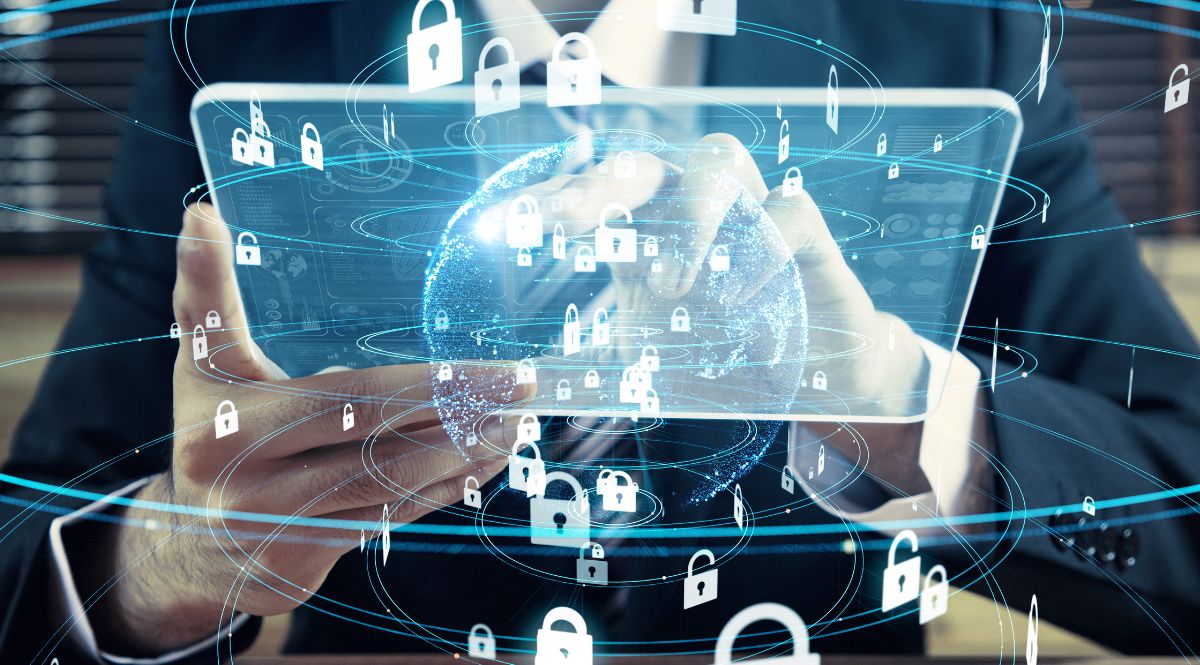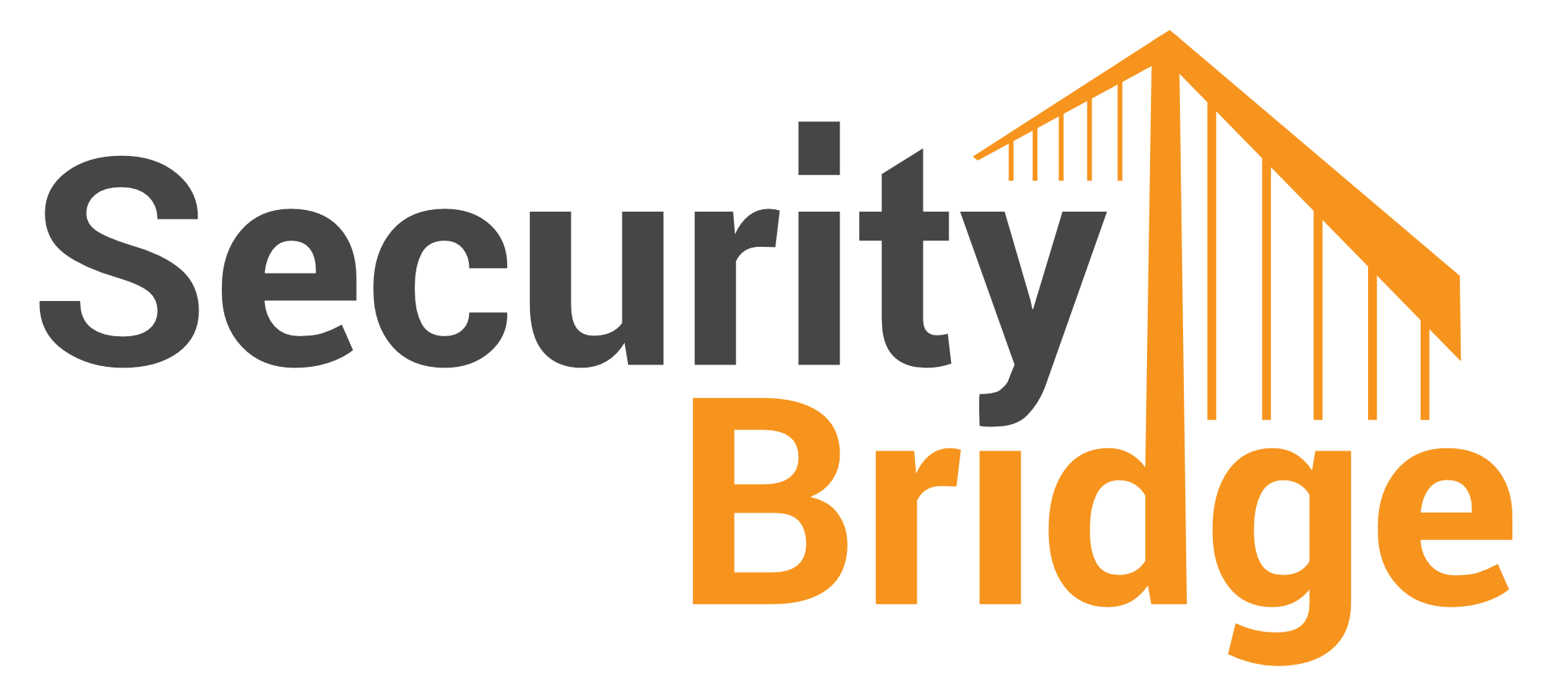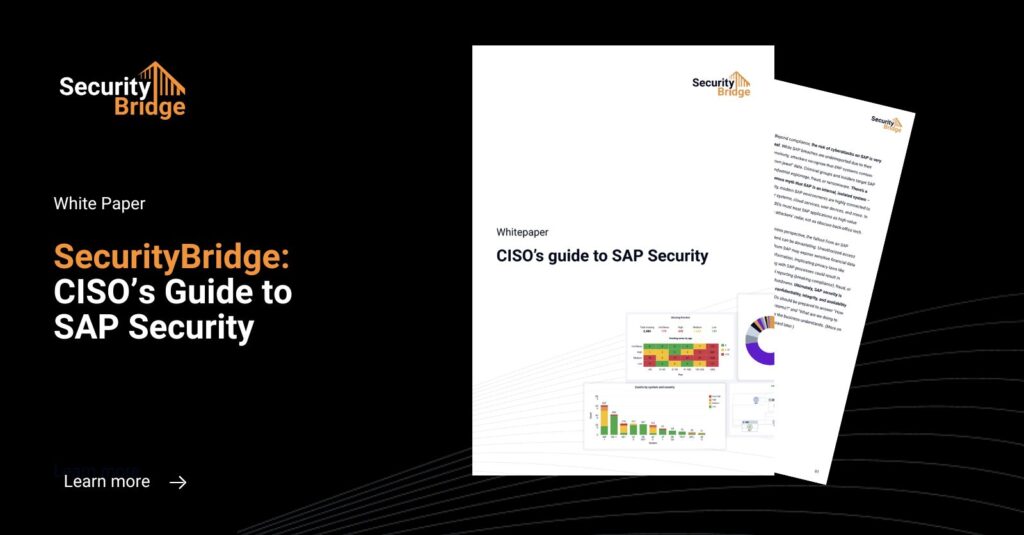
SAP Security for CISOs – Key Insights from Our New Guide
Chapters
Share Article
Let's Talk SAP Security
Have questions about SAP Security? We’re here to help. Contact Us
In today’s enterprise landscape, SAP systems hold the crown jewels of the business – financial records, supply chain data, customer information… – yet SAP security often hasn’t received the same attention as cloud or network security. This is changing fast. 2025 brings new challenges and regulations (like NIS2 in the EU) that put a spotlight on ERP security, and attackers have only grown more interested in these high-value systems. As a CISO, if SAP is at the heart of your organization, you need to be asking: “Are we really doing enough to secure it?”
To help security leaders answer that question, we’ve created “The CISO’s Guide to SAP Security,” a comprehensive guide that breaks down the essentials of SAP security risk management. In this blog post, we’ll introduce why SAP security is such a critical issue for CISOs right now and highlight three key insights from the guide.
Why SAP Security is Mission-Critical for CISOs
If your company runs on SAP, then SAP security is business security. Consider that a breach or outage in an SAP ERP could literally stop product shipments, derail financial closings, or expose millions of customer records. It’s hard to find another system with that kind of enterprise-wide impact. Yet, historically, many CISOs had limited visibility into SAP – it was often considered “handled” by the ERP team or viewed as a specialized area outside standard cybersecurity. That mindset is rapidly shifting.
Cyber threats are knocking on SAP’s door: Recent years have shown a rise in attacks targeting ERP platforms. Threat actors know that SAP systems can be a treasure, and there have been instances of ransomware, fraud, and espionage through SAP vulnerabilities. The guide cites how hackers understand SAP’s valuable data and are actively looking for weaknesses. In short, SAP is no longer a dark corner of the network – it’s a prime target.
Regulators and boards are paying attention: With regulations like the EU’s NIS2 directive, which holds organizations (and their CISOs) accountable for securing critical systems, including ERP, there’s external pressure to get SAP security right. Concerned by high-profile cyber incidents, board members and executives are starting to ask, “How are we protecting our crown jewels in SAP?” Therefore, making SAP security a priority is not only critical to avoid breaches, it’s becoming a compliance requirement and a governance expectation.
Key Insight 1: SAP Security Requires a Holistic Approach
One major takeaway from the guide is that securing SAP isn’t as simple as turning on a log monitor or setting up roles and calling it a day. SAP environments are complex and interconnected, so a piecemeal approach leaves gaps. The guide emphasizes a holistic strategy covering people, process, and technology.
What does this mean in practice? For starters, it’s about bridging the gap between SAP and security teams. Too often, SAP security tasks (like patching or security reviews) fall solely on the ERP side without broader security oversight, or conversely, the security team treats SAP as a black box. A collaborative approach is needed, for example, by incorporating SAP into your existing vulnerability management and incident response processes.
It also means looking beyond just access control. Many enterprises focus on segregation-of-duties (SoD) conflicts in SAP to prevent internal fraud, which is essential, but that alone won’t stop a cyberattack. A truly secure SAP system is well-patched and hardened, monitored for anomalies, and has response plans for potential incidents. As the guide notes, if you only monitor for threats but haven’t fixed critical vulnerabilities, you’re still at significant risk – and vice versa.
Takeaway: CISOs should ensure their SAP security program is well-rounded, covering configuration hardening, regular patching, secure development, continuous monitoring, and cross-team incident readiness. The guide provides a blueprint for building such a program, avoiding the common pitfall of addressing just one piece and thinking SAP is “secure enough.”
Key Insight 2: Don’t Silo SAP – Integrate it into Your SOC and Compliance Frameworks
Another key insight is bringing SAP into your broader security and compliance ecosystems. If your Security Operations Center (SOC) isn’t monitoring SAP, you have a blind spot. The guide shares how many organizations make the mistake of either not integrating SAP logs at all or doing it in a way that overwhelms the SIEM (sending every SAP log entry, which can be 90% noise). The recommended approach is to integrate intelligently – filter out noise and feed the SOC with high-fidelity SAP alerts that matter. Doing this empowers your SOC to catch attacks on SAP in real-time, just as it would catch a breached server or workstation.
On the compliance side, consider frameworks like NIS2 or internal audit requirements, which likely apply to your ERP. The guide highlights that under NIS2, CISOs must assess and mitigate risks in systems like SAP, so integrating SAP security into your risk assessments and governance processes is essential. This could be as straightforward as including SAP in periodic cyber risk reports to the board, or as detailed as ensuring your SAP security controls are documented and audited regularly.
Takeaway: Treat SAP as an integral part of your enterprise security, not a separate silo. This means feeding SAP security events into central tools (with the proper context), and ensuring SAP risks and controls are part of your overall compliance and reporting structure. The result is better visibility and no surprises – you don’t want the first time your SOC hears about an SAP issue to be during a breach, and you don’t want your auditors flagging SAP as a gap you weren’t aware of.
Key Insight 3: Speak the Board’s Language when Discussing SAP Security
The third insight is a bit less technical but just as necessary: successful CISOs communicate SAP security to business leadership clearly and compellingly. You might understand the intricacies of SAP authorization designs or the critical nature of a particular SAP patch, but senior executives might not. The guide suggests framing the conversation around business risk and impact. For example, instead of delving into the technical details of a vulnerability, explain how a potential SAP breach could halt production or lead to financial misstatements, and thus why investing in SAP security is non-negotiable.
One tip from the guide is to use real scenarios or simulations to make the point. Telling the board, “Imagine our sales system (SAP) was hit by ransomware at quarter-end – here’s what that would cost us and how it would damage customer trust,” immediately highlights why the company must prioritize protecting it. Likewise, benchmarking your SAP security posture against peers or known frameworks can give leadership a reference point (“We align with the NIST cybersecurity framework for our ERP, and here’s our current maturity level”). This puts SAP security in familiar terms for them.
Finally, the guide reminds us that education is ongoing. Regular updates to the board about improvements in SAP security (e.g., “We’ve reduced critical vulnerabilities by X% this quarter” or “We conducted an SAP cyber drill with the incident response team”) will keep them engaged and supportive. It turns SAP security from a rarely-discussed topic into a regular part of business risk discussions, which is where it truly belongs in 2025.
Takeaway: Frame SAP security as business security when talking to non-technical stakeholders. Use the language of risk, compliance, and business continuity. Highlight progress and align with business goals. Over time, this builds a strong narrative that helps get buy-in for the tools, staff, and process improvements you need.
Ready to Dive Deeper into SAP security for CISOs?
The three insights above are just a snapshot from “The CISO’s Guide to SAP Security.” The complete PDF guide details building a holistic SAP security program, outlines common pitfalls (and how to avoid them) and even touches on how a platform like SecurityBridge can assist in this journey. It’s designed to be an accessible, actionable resource, whether you’re relatively new to SAP security or looking to refine a mature program.
Interested in strengthening your SAP security posture? Download the complete guide now and equip yourself with the knowledge and best practices to prioritize SAP security in your organization. Don’t wait for a headline-making breach or a compliance deadline to act – as a CISO, you have the opportunity today to safeguard the systems that literally run your business.

